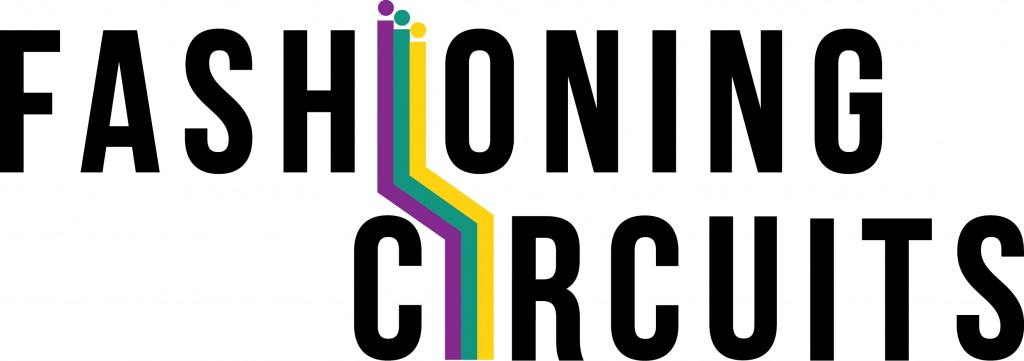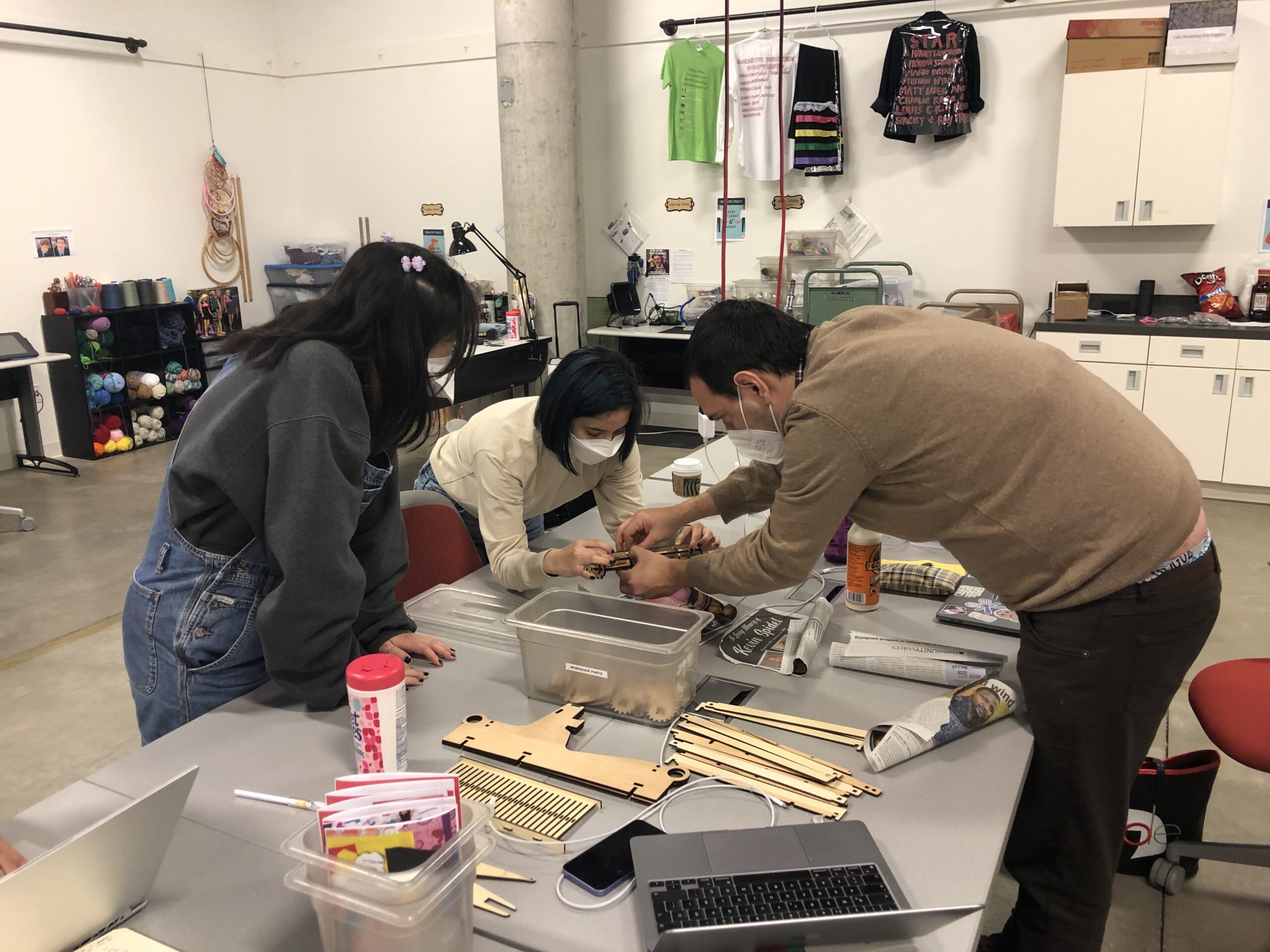Category: Workshops
-
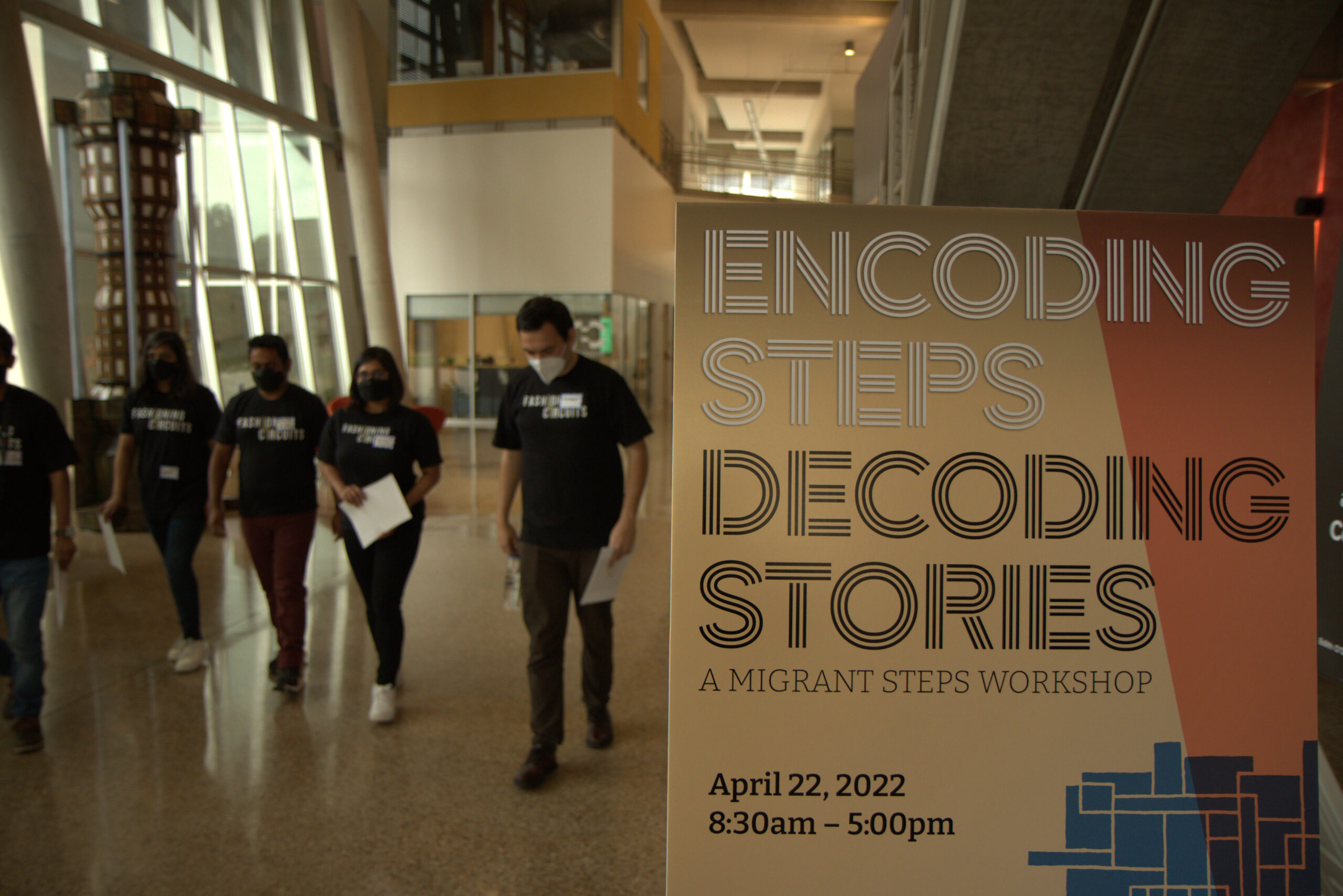
Encoding Steps: Decoding Stories Workshop Reflection
Throughout this year, Dr. Knight, Dr. Llamas-Rodriguez, and the Fashioning Circuits team were working on the Migrant Steps Project, a Digital Humanities project that seeks to intervene in popular narratives about migration and mobilize walking a tool for embodied reflection through repurposing Fitbit technology. My name is Luke Hernandez, and I was a Master’s Student…
-
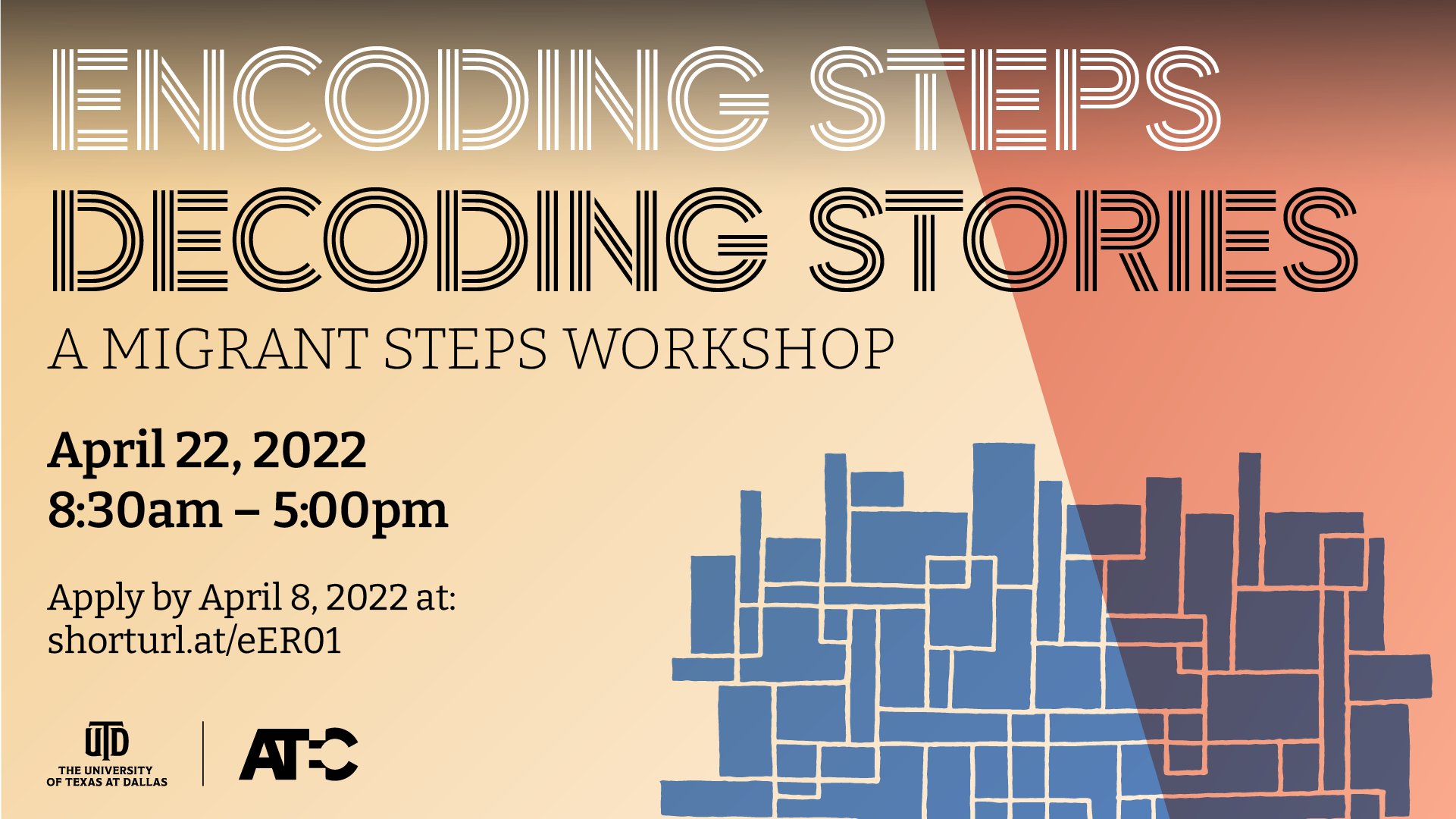
Encoding Steps, Decoding Stories: A Migrant Steps Workshop
April 22, 2022 8:30am – 5:00pm We are inviting members of the UTD and DFW community to think with us about the politics of migration narratives and how we connect to those narratives. In this one-day workshop, we will introduce The Migrant Steps Project and work collaboratively through a series of activities designed to address…
-
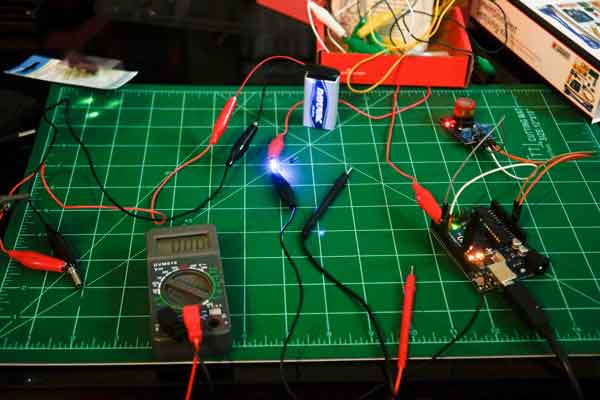
HASTAC Wearable and Tangible Possible Worlds of DH Workshop
If possible, please download these things in advance of the workshop:
-
Student Project: LED Safety Jacket for Dogs
This blog post was written by, and highlights the Fall 2014 final project of, EMAC undergraduate student Justin Ozuna. Follow him on Twitter @TheOzunaVerse. The assignment for which he made the project can be found here.
-
Student Project: Meditation on Vaccination
This blog post was written by, and highlights the Fall 2014 final project of, EMAC undergraduate student Nilufer Arsala. Follow her on Twitter @NiluferArsala. The assignment for which she made the project can be found here.
-
“You gotta hear this one song, it’ll change your life I swear.”
The original idea behind the Theme Music Hoodie was to be able to have a quick way to a.) share your favorite music with others and b.) carry your own soundtrack with you wherever you go. The hoodie has an LilyPad MP3 and two speakers sewn into a piece on lining on the inside of…
